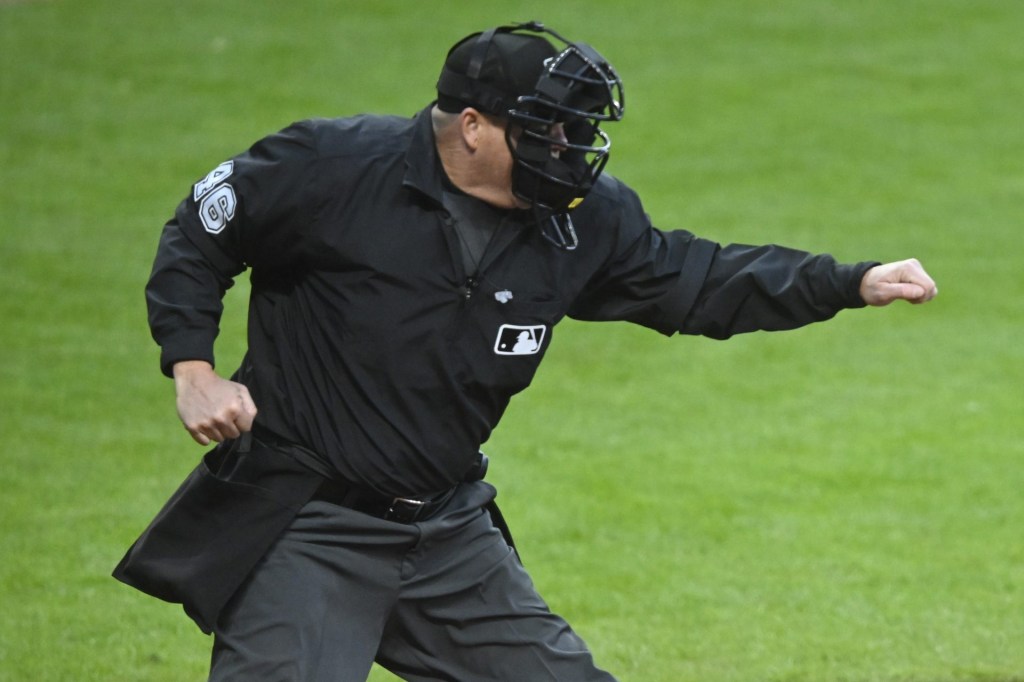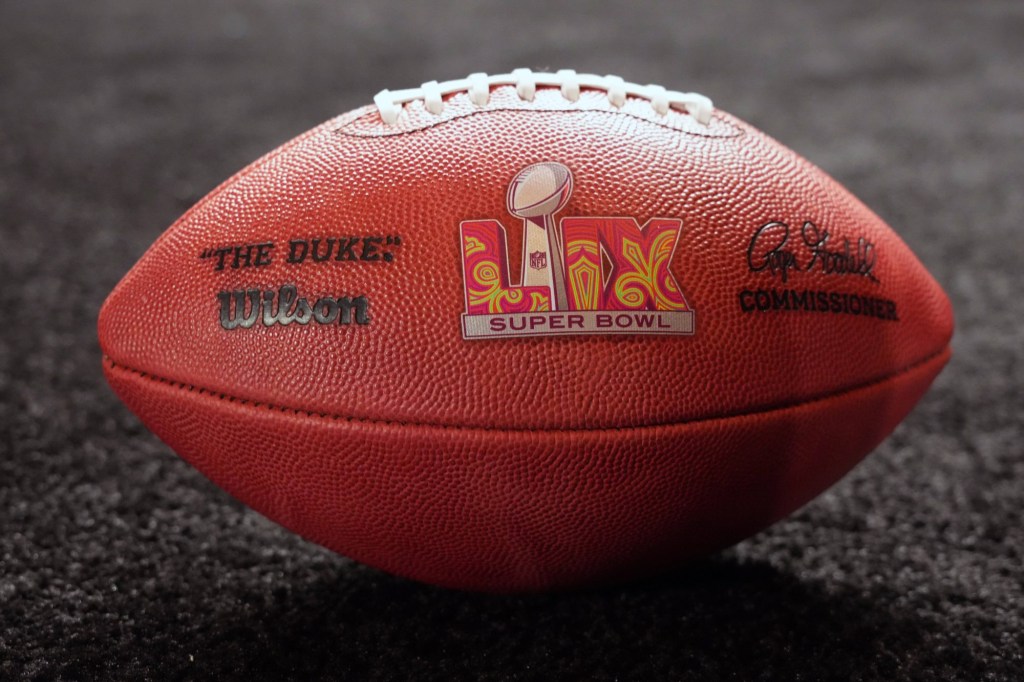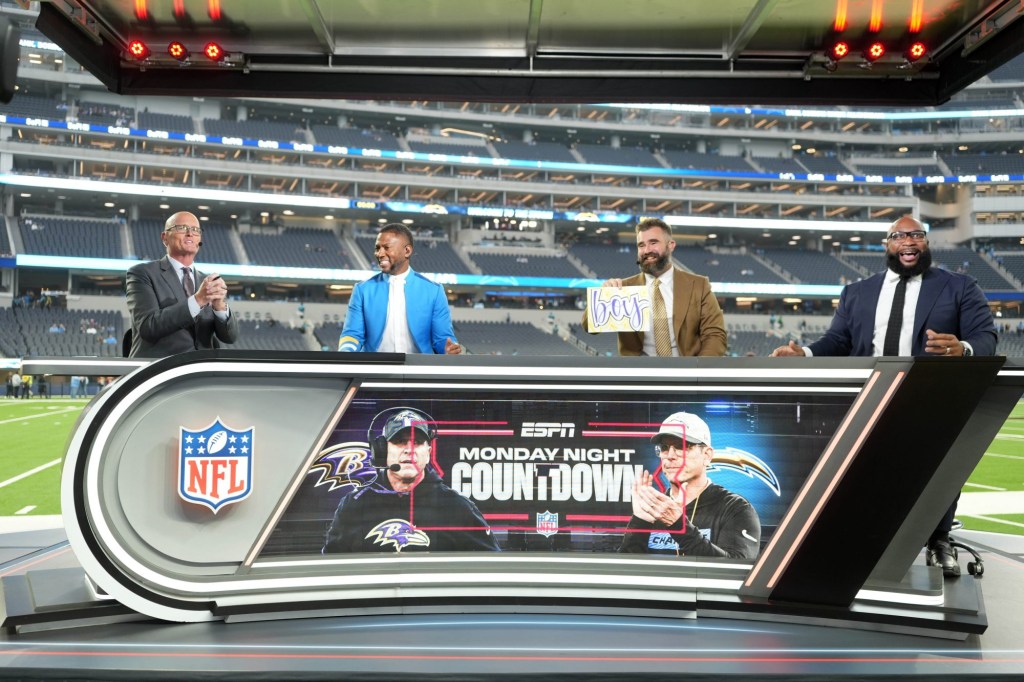The likelihood of playing a shortened 2020 MLB season without fans in attendance is prompting Major League clubs to explore the sale of tarp advertising on empty seats, according to industry sources.
The move would help make up a percentage of the millions of dollars in ticket and in-stadium revenue to be lost this season. MLB owners say they’ll lose an average of $640,000 per game in 2020 assuming players earn prorated salaries, USA Today reported. In 2019, 11% of the league’s entire revenue was generated by sponsorships.
The Cincinnati Reds are reportedly one MLB team currently working with data and measurement firm Nielsen to price out the inventory. The Reds declined to comment on the team’s sponsorship opportunities.
At the league level, MLB is also exploring selling advertising around tarped seats. However, MLB is not in active communication with Nielsen, league sources said. The strategy is also just one of many options MLB is considering as a means to generate additional revenue this season.
The same can be said for Nielsen itself, which in an email confirmed the company is working with multiple professional leagues and teams to explore new opportunities that can generate revenue amid unique circumstances.
“It’s even more critical that we evaluate new opportunities to help our clients adjust to this new normal,” a Nielsen Sports spokesperson said. “While we haven’t formally launched a new service, we are exploring several new concepts designed to help our clients extract replacement value once games restart without fans in stadiums and ballparks.”
READ MORE: MLB Playoffs Remain Big Draw For Top Brands
Allowing for the placement of logos on tarps is not a new practice, at least for MLB teams. Brands including Reynolds Wrap, Glad, Bounty, and Skittles all advertised on on-field tarps during rain delays in the 2017 season, according to AdAge. The New York Yankees, Chicago Cubs, and Cincinnati Reds are some notable teams that made ad inventory on field tarps available to sponsors.
MLB teams have already gotten creative in offering static advertising by utilizing the real estate around ballparks, including in dugouts, bullpen areas, and outfield walls.
Assuming teams are able to play out the 2020 season in their own stadiums, many brands would have already secured inventory for television-visible signage. This would present tarp advertising as a more lucrative branding opportunity for new buyers.
“My only concern is clutter and broadcast angles,” Steve McNelley, senior vice president of consulting at marketing firm rEvolution, said. “How will different teams, entities, and venues make sure that those signs appear on television?”
READ MORE: Sports Marketers Shift Dollars and Prepare for Compressed Schedules
Existing ad buyers may want to double up on TV signage without fans in attendance, McNelley said. The strategy would garner plenty of impressions, even if the normal interactions with fans in-stadium will be missing.
But some brands may want to spend extra dollars on digital and social media – or even on broadcasts themselves to reach consumers.
“If your objective is not branding. Then I think that you have a lot of questions to answer around whether tarp signage is of value,” McNelley said. “I should say that It’ll be hard for both the brands and the teams to put a value against those assets until we fully understand the new broadcast landscape. Without fans in seats, for example, does that change anything with camera angles or linear versus streaming options?”

















